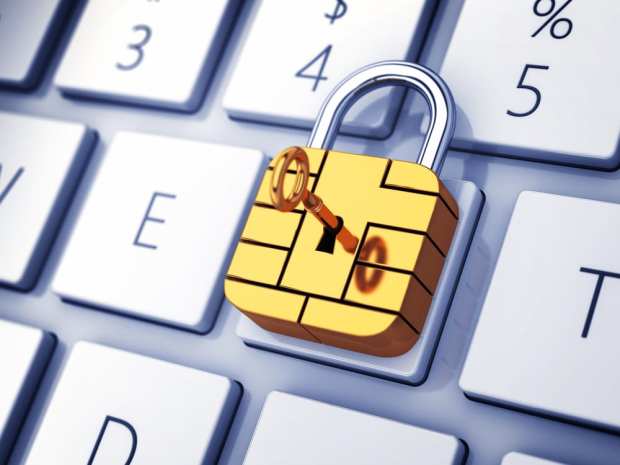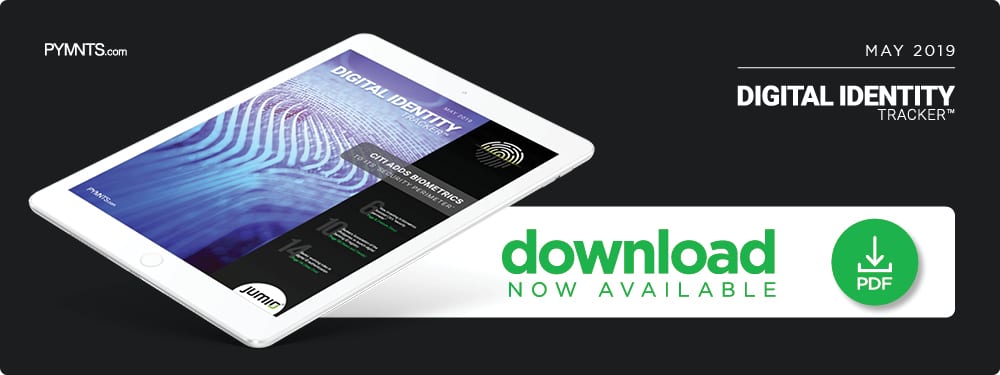Deep Dive: How Banks Will Become Key Verification Players

Consumers want authentication to be both seamless and secure, and many expect online merchants to safeguard their personally identifiable information. Not all businesses are able to do so on their own, however, as evidenced by the numerous breaches that have occurred over the past few years. Banks possess a wealth of consumer information that could enable safe transactions and help businesses properly protect their clients’ data. The following Deep Dive looks at the potential roles banks could play in this market.
Demand for digital verification solutions that are strong, user-friendly and efficient is expanding as consumers begin to make more purchases online. eCommerce is growing and many businesses can no longer properly validate their customers and secure their PII. This is where customers’ preferred banks can help.
Banks already have the necessary technology and consumer trust to keep digital identities safe, as they’ve been stopping fraud, properly identifying customers and securing data within their own sector for years. One recent survey found that 84 percent of U.K. banking customers saw their financial institutions’ authentication processes as secure and trustworthy, for instance.
Building on that trust will become essential as banks implement new innovations, such as internet of things (IoT) devices that can put customer data and information at risk. As FIs become key players in the digital identification realm, they’ll need to focus on keeping authentication seamless and secure.
Banks, Digital Identities and Changing Technologies
Banks may be well-versed in the complex regulations and laws that surround financial data, but they tend to be behind the curve when it comes to implementing technological innovations. This is something they are looking to change as more consumers turn to mobile apps and devices to make purchases.
Banks in Belgium and Norway are developing biometric authentication tools to replace passwords and PINs that can be easily compromised, for example. Biometric solutions reduce the amount of time required for customers to verify their identities. They also collect less data, meaning there is less information that can be abused by fraudsters in the event of a breach.
Other banks are turning to encryption and tokenization to keep customers’ data secure. Nordic banks have been able to use these technologies to build trust regarding identity verification — something that is particularly important as 74 percent of customers in Norway alone use digital identities.
Banks and the Future of Digital Identity
Banks around the world still face many challenges as they grow into their new authentication roles, with the global nature of eCommerce being one of them. Banks can easily verify their own customers, as they have plenty of their PII on file. Should international transactions come through their networks, however, they may encounter authentication troubles.
Banks will need to partner with merchants, payment providers and other industry players around the globe if they want to properly authenticate international users. On top of that, they will also need to partner with each other. The Bankers Association of the Philippines has done just that with the announcement that it will launch a digital banking identification registry by the end of 2019. BAP members will be able to use the registry’s data and resources for verification purposes, as well as to meet know your customer (KYC) requirements and other regulations.
Banks that want to compete and remain essential in the world of identity verification will need to create similar partnerships — ones that grant them greater insight into the online, global customer.

